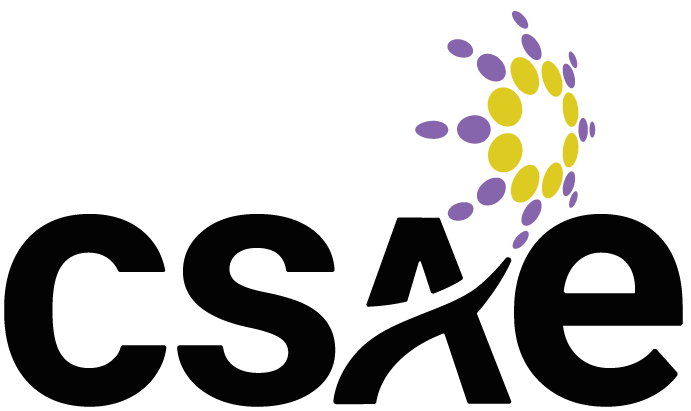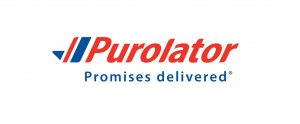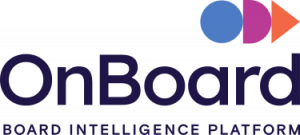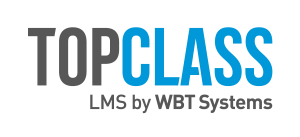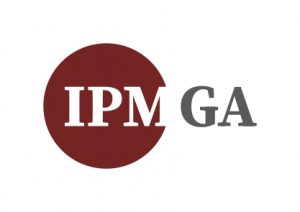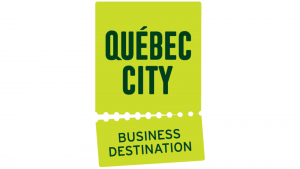How to Create A Sponsorship Activation Plan: 4 Steps to Happy Sponsors
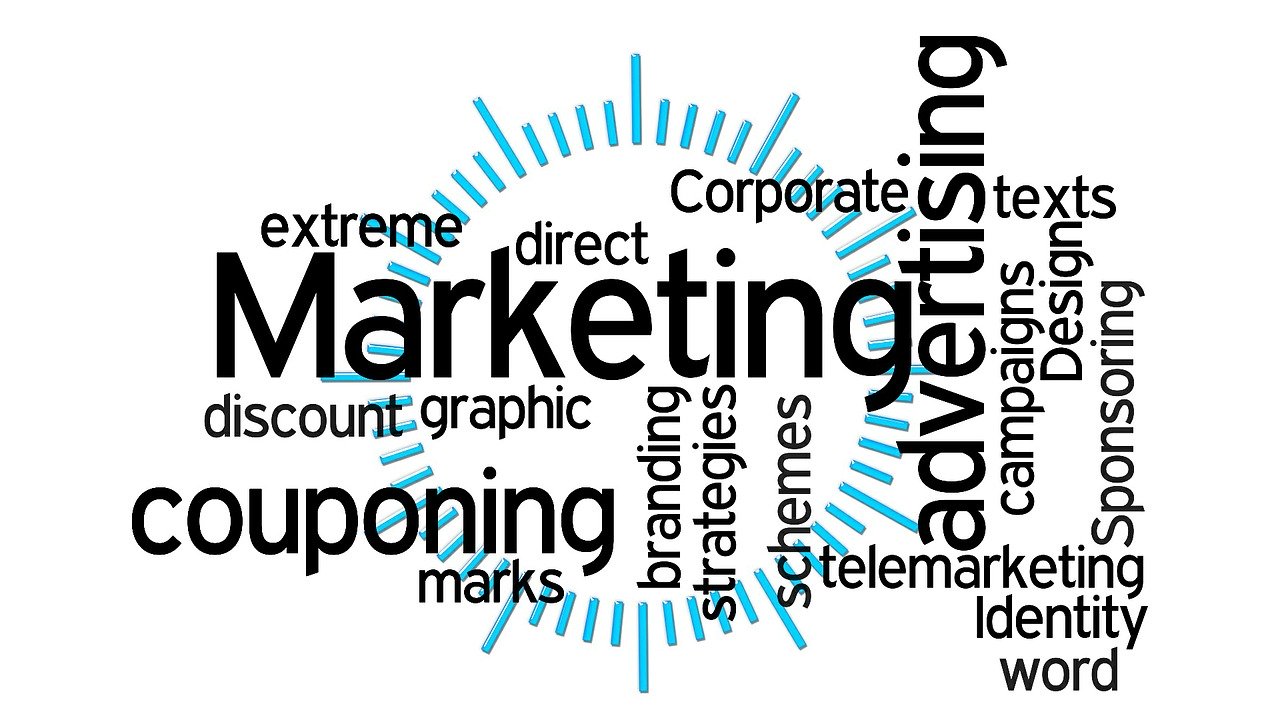
Sponsorship activation is a term a lot of marketers, sponsorship seekers and conference organizers might not recognize. That’s scary since activation is the most important aspect of successful sponsorship sales. We like to think of activation as “switching on” a sponsorship. While you might think you’ve sold your sponsorship package and that’s the end of it, that really is just the beginning of your responsibilities. Although a sponsor has the opportunity to make the most of the sponsorships they invest in, you have a duty to make sure they do.
Your job is to empower your sponsors, so they achieve the outcomes they expect, and this ties directly to the outcomes your attendees expect from your event. Without an activation plan, your sponsors won’t be able to provide your audience with the experience they desire. The result? Your audience doesn’t buy tickets and your sponsors don’t buy your sponsorship packages next time around. Here are four steps to help you create a sponsorship activation plan that keeps sponsors happy and attendees fulfilled.
Book a Sponsor Onboarding Meeting
Everything you sell to sponsors becomes more meaningful when you understand their objectives. Each sponsor will have slightly different reasons for choosing to participate. Some want simple exposure and brand recognition, while others might be set on launching a new product. It could be to find leads, or it could be something extremely specific like overcoming bad PR.
The more details you collect from a sponsor, and the more you understand your audience, the more customized their sponsorship opportunity becomes. This is the art of activation as it is the only way to bring sponsor and audience needs together successfully.
An onboarding meeting isn’t designed to confirm the agreed-upon package and all assets included. Instead, it is designed to address each aspect of the sponsorship package, so expectations are met on both sides of the table. More importantly, it provides a strategy to ensure execution is impeccable and well-received by attendees.
Some things to discuss at the meeting would include:
- The audience segment each activation will target
- The problem each activation should be solving for the audience
- Any problems each activation should be solving for the sponsor such as bad PR, poor customer service, dropping sales, etc. (this might not apply to all sponsors, but it is very important)
Your onboarding meeting should also include a brainstorming session on how to better customize the sponsorship assets to meet the above needs. This is also a good time to assign team leaders for the sponsoring company and your team to avoid miscommunication during the planning and execution of the event.
Clarify Sponsorship Agreements
Most activations fail due to poor communication. It is not enough to have a checklist of what the contract includes. It also must outline how and when each asset will be put in place. A checklist should be very detailed and signed off by the sponsor if you want things to run smoothly. Think of it as a schedule, with every step and every responsibility assigned with every single deliverable clearly defined.
Your sponsorship checklist should clarify:
- What logo placement, company name mention they are entitled to
- Who provides what for equipment such as computers, audio/visual, tables, seating, etc.
- Production schedules for all marketing collateral you are designing and providing
- The deadlines for sponsors to deliver branding collateral such as logos, pantone colors for any artwork you are responsible for designing, existing marketing collateral required for DM packages, samples, etc.
- Clear schedule and locations for sponsor speakers, talent, etc. so they know when and where they are to appear
- Clear schedule for talent you are providing to appear at sponsor booth or events
- Clear instructions on set up including when sponsors can access the venue, how to access the venue, etc.
- Delivery schedule for anything the sponsor might have to provide that they will not be handling themselves such as handouts at the door, prizes for the event, t-shirts to be worn, etc.
The level of detail for the checklist will become more complicated depending on the level of customization for the package. While some checklists will be very simple circling around things like delivery dates for logos, others will become highly detailed right down to exact times something might have to take place each day. Your goal is to anticipate the specifics that are most likely to increase the risk for dropped balls. It’s all about being organized and providing a clear list of deliverables so everyone knows what is expected to limit the risk of anything going wrong.
Confirmation for Proper Execution
Prior to the event, all event collateral should be signed off on by sponsors to ensure you have approval for logo and company name usage. On the day of the event, every activation should be confirmed. Your team should have representatives available at the site of each activation, whether it is confirming set up of booths, greeting speakers provided by sponsors, ensuring handouts make it into the attendee’s hands, or attending sponsor hosted cocktail parties. Taking pictures of each activation will provide proof the activation took place and will provide support to show the activations were a success.
An excellent way to follow through on proper execution is to encourage attendees to post to social media pages using event hashtags. When they do this, you can show how well attendees engaged with each activation. Do screen captures of anything you are researching during the event, just in case people delete posts, or it becomes too hard to manage. The key is to provide social proof that an activation was successful.
Event Postmortem and Fulfillment Reporting
This is a must as it provides you with information to make your next event even better. Postmortems invite feedback from all those involved including staff, sponsors, attendees and event-holders. Staff might be one of the most important resources. Because they are the ones on the floor, they will get the brunt of complaints and get caught up in the fallout of poor execution.
Your postmortem should include the following:
- General Feedback: This would be feedback of what went wrong and what went right from a good cross-section of everyone present at the event including people working the booths, people selling tickets, attendees, sponsors, presenters, talent and even people who had to make deliveries to the venue. With a good cross-section, you can then address every single failure and come up with ways to make improvements for your next event. Make it easy to report failings and successes by letting everyone know you have set up a website, or a dropbox for comments about the event.
- Sponsor Specific Feedback: This would be specific to the activations your sponsors paid for. Provide them with a survey rating execution so you can address issues. You can also find support that might dispute their complaints such as social proof, photos, customer feedback, etc. Sometimes sponsor perception is skewed and they might not realize just how successful an event was with their audience.
- Attendee Feedback: Offer some sort of incentive to have attendees fill out a survey. Their feedback is very important to get a good view of how well received the event was. However, it is also a good way to see what events or attractions they engaged in. Those activations with limited participation can be avoided at the next event.
- Activations: Each activation can be reviewed to measure attendee engagement, cost-effectiveness, challenges in execution, major issues, etc.
- Review of the fulfillment report, sometimes called a “wrap up report”
Your postmortem will allow you to create better packages for your sponsors, allow you to meet the needs of your attendees and develop activations that will resonate better with your audience at future events. Having an activation plan will keep sponsors happy and events successful.
